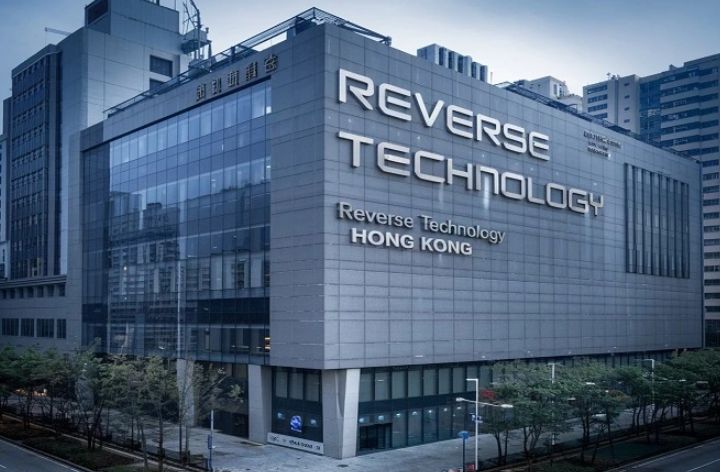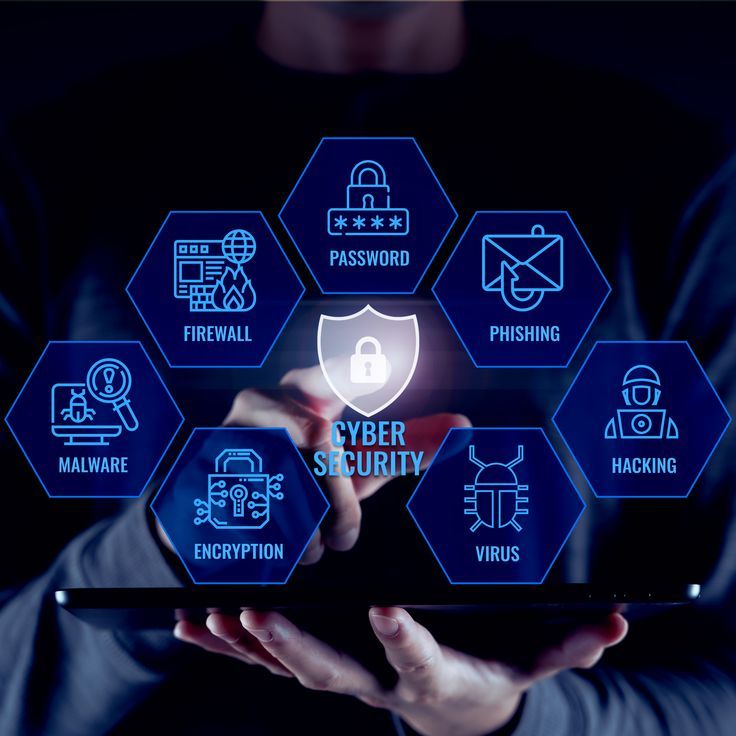Main Problem Here for Technology Companies have long been seen as the driving force of innovation and economic growth. However, beneath this dynamic exterior lie a set of significant challenges that threaten their trajectory. What exactly is the root of these problems? Is it regulatory scrutiny, rapid technological changes, or something more intrinsic? Let’s dive deep into this pressing issue.
Understanding the Landscape of Technology Companies
To truly grasp the main problem, we must first explore the complex environment technology companies operate in. The industry is characterized by rapid innovation, intense competition, and a constantly evolving regulatory landscape. While these elements fuel growth, they also give rise to a host of challenges that tech firms must navigate.
The Core Challenges Facing Technology Companies
1. Regulatory and Compliance Pressures
Regulations are becoming increasingly stringent worldwide. Governments are clamping down on data privacy, monopolistic behavior, and content moderation. Technology companies must adapt to laws like GDPR and CCPA, which come with heavy penalties for non-compliance.
Key Impact:
- Increased operational costs
- Complex compliance frameworks
- Potential fines for non-adherence
2. Cybersecurity Threats
In a digital-first world, the risk of cyberattacks looms large. Technology companies are prime targets for cybercriminals due to the vast amounts of sensitive data they hold. From ransomware attacks to data breaches, the threat landscape is continually evolving.
Key Statistics:
- 43% of data breaches target technology firms.
- The average cost of a data breach in 2023 was $4.45 million.
3. Talent Acquisition and Retention
The tech industry’s success depends heavily on talent. However, there is an acute shortage of skilled professionals, particularly in areas like AI, machine learning, and cybersecurity. Moreover, retaining top talent is becoming increasingly difficult due to competitive compensation packages and the allure of startup culture.
4. Market Saturation and Competition
The industry is witnessing saturation in certain sectors, such as social media and e-commerce. New players are entering the market with innovative solutions, making it difficult for established companies to maintain their competitive edge.
Comparison Table: Key Features of Major Challenges
| Feature 1: Regulatory Pressures | Feature 2: Cybersecurity | Feature 3: Talent Retention | Feature 4: Market Competition |
| Compliance costs | Ransomware attacks | High turnover rates | Intense price wars |
| Legal penalties | Data breaches | Limited talent pool | Innovation saturation |
| Operational complexities | Cyber espionage | Increasing salary demands | Emergence of startups |
| Impact on reputation | Trust erosion | Loss of institutional knowledge | Loss of market share |
Pros and Cons of Current Strategies
Pros
- Regulatory Adaptation: Companies adopting proactive compliance gain a competitive edge.
- Advanced Cybersecurity Measures: Investments in robust security frameworks reduce vulnerability.
- Talent Development Programs: Upskilling initiatives help bridge the talent gap.
Cons
- High Costs: Compliance and security investments significantly increase operational expenses.
- Complexity in Implementation: Navigating legal and technical landscapes is cumbersome.
- Retention Challenges: High employee turnover disrupts long-term projects.
Tech Specs for Effective Solutions
- Compliance Management Tools
- Automates regulatory reporting
- Ensures adherence to regional laws
- AI-Driven Cybersecurity Solutions
- Real-time threat detection
- Automated response mechanisms
- Employee Engagement Platforms
- Enhances retention
- Tracks employee satisfaction and performance
- Market Intelligence Tools
- Tracks competitor strategies
- Identifies new opportunities for growth
Recommendations for Main Problem Here for Technology Companies
- Invest in Compliance Automation
Leverage AI-powered tools to simplify regulatory adherence. This minimizes manual effort and reduces human error. - Strengthen Cybersecurity Posture
Adopt a zero-trust security framework and regularly update protocols to tackle emerging threats. - Focus on Employee Retention Strategies
Competitive salaries, flexible work environments, and growth opportunities can help retain top talent.
Diversify Product Offerings
Explore adjacent markets and innovate to remain relevant amidst market saturation. You may like this What Is the Last Phrase of Technology Development?





